Are you fed up of having to rip a SIM card out of your phone whenever it's time to switch carriers - or devices? Fortunately, more and more mobile device manufacturers are hopping on the eSIM-ready bandwagon.
This means that instead of having to deal with a physical card, jumping from AT&T to Verizon can be as simple as downloading an app and enabling a few permissions. And while eSIM-compatible phones are slowly trickling into the US, some of the greatest Android phones are already rocking this convenient new tech.
Ditch the SIM card with these great eSIM-compatible phones
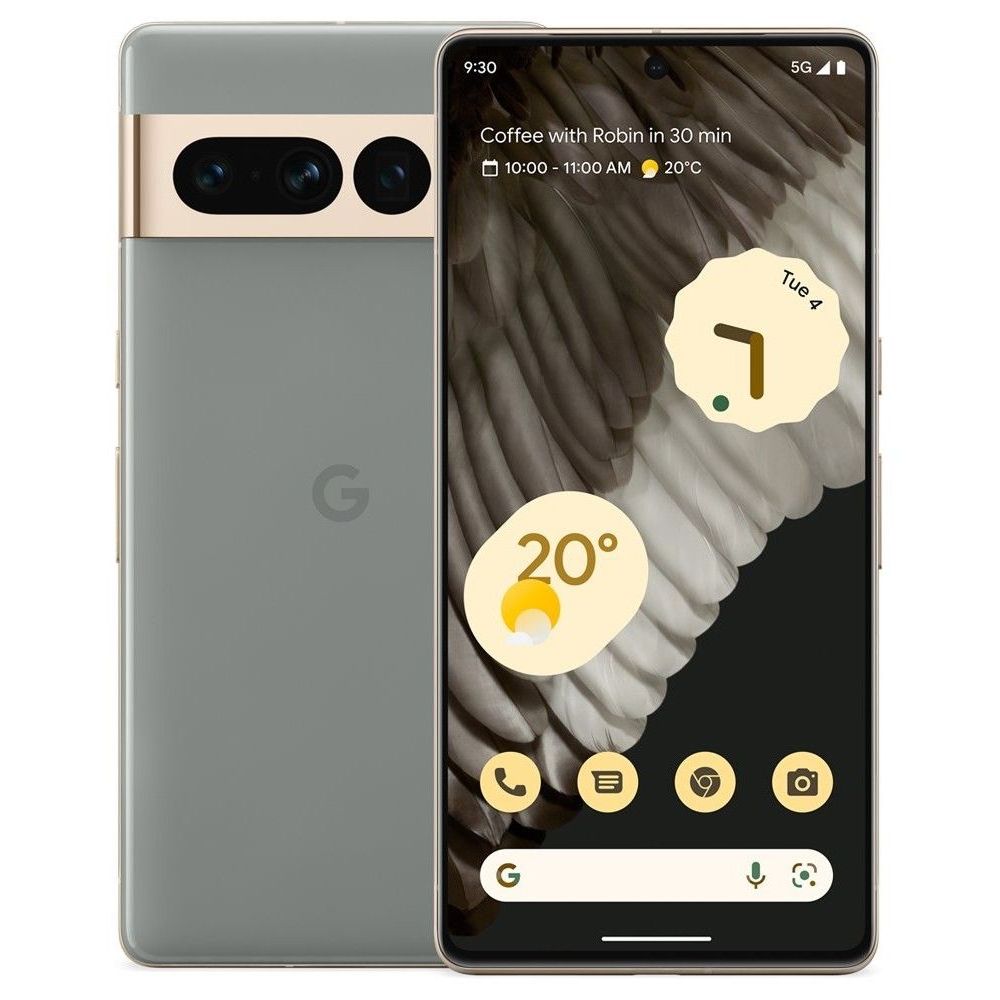
Google Pixel 7 Pro
eSIM the Google way
In the States, Google has been supporting eSIM for the longest, so it's no surprise that its premium flagship — the Pixel 7 Pro — gives you the ability to get rid of those pesky physical SIM cards if you want. Plus, it's one heck of a phone packed with 12GB of RAM, a big, beautiful 120Hz OLED display, and some excellent call features powered by Google's AI.
- Next-level call features
- Great software
- Good battery life
- Somewhat unreliable in low-service areas
While its metallic camera visor on the back of the phone may be an acquired taste, the design has been subtly revised over its predecessor. The back panel is made of glossy glass, which, unfortunately, is prone to fingerprint smudges, but the camera bar is now polished aluminum that blends directly into the phone's frame. The screen is still curved, but not quite as much as before, so it should feel a bit more comfortable to hold in your hand. It's all powered by Google's own Tensor G2 chipset, which is full of a ton of cool AI-powered features, making the phone feel somewhat ahead of its time.
As you may expect, the camera on the Pixel 7 Pro is the bright star thanks to Google's amazing computational photography. Even though the Pixel 7 Pro kept the same 50MP primary lens, it can now crop in at 2x, resulting in some truly incredible images. The ultra-wide lens features a wider field of view and even has a dedicated Macro Mode for grabbing those up-close shots. The telephoto lens also got an upgrade, allowing you to optical zoom in 5X and digitally out to 30X. It's one of our favorite camera systems in a smartphone, making it an excellent phone to always have in your pocket.
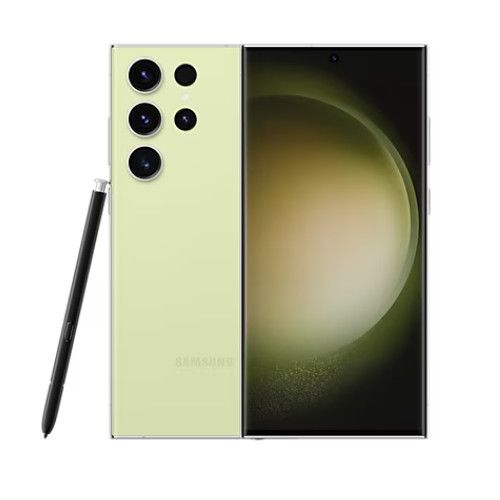
Samsung Galaxy S23 Ultra
Big and powerful eSIM phone
The Galaxy S23 Ultra is the epitome of power and performance in the Android world, and this huge slab of a phone is perfect for those who want to get everything done. It supports eSIM and dual Nano SIM, making it easy to use multiple networks or just eliminate the physical cards altogether. Top it all off with the best display you can find on an Android phone, and you've got a stellar phone.
- Massive and beautiful display
- Tons of power
- Quite expensive
Packed with a ton of power thanks to the newest Snapdragon 8 Gen 2 chipset, coupled with at least 8GB of RAM, the S23 Ultra is designed to handle anything you throw at it. It has an incredibly large 6.8-inch AMOLED and an adaptive refresh rate from 1Hz - 120Hz, meaning it will give you smooth animations and sharper scrolling when you need it but conserve battery power when you don't.
The S23 Ultra's biggest claim to fame this year is an updated primary camera sensor, which is now 200MP. Plus, the entire camera array is extremely versatile, allowing for close-ups, wide-angle, portrait, and telephoto shots, all with pretty great results.
The Ultra is again paired with the S-Pen, which tucks neatly inside its chassis, enabling you to take advantage of the huge display it has for serious multitasking. So take notes, draw, or just zip around One UI 5.1 with more precision and ease than ever. When it comes to raw power, you can't beat the Galaxy S23 Ultra.
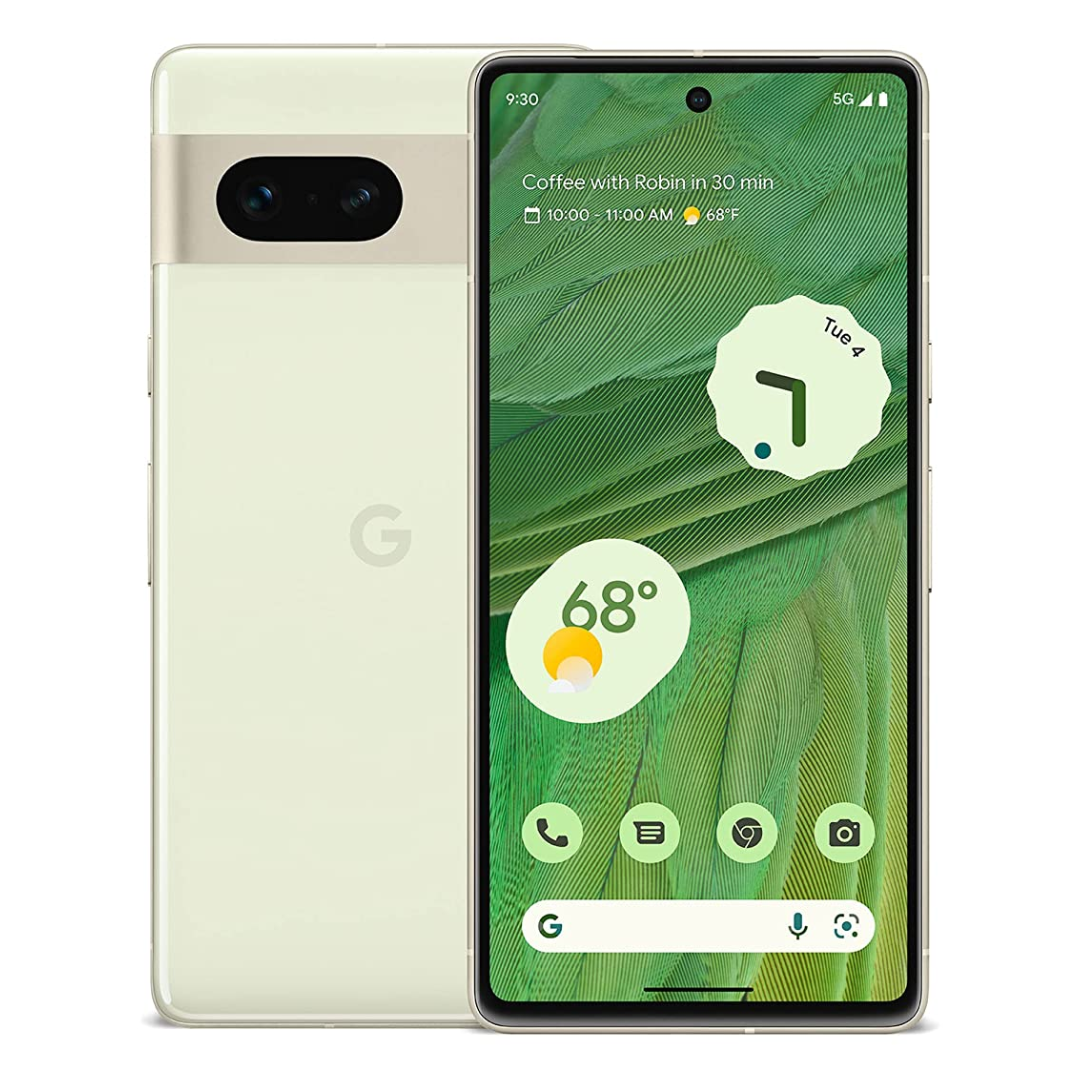
Google Pixel 7
eSIM with incredible value
If you're looking for an eSIM phone that has great features but also a great price, the Pixel 7 should come to mind. Google did not reinvent the wheel with the Pixel 7, but there was no need to. With improved cameras, the next-gen Tensor G2 chipset, and Google's wonderfully feature-filled software, the Pixel 7 earns its price tag again this year.
- Excellent features for the price
- Great camera performance
- Connectivity issues in low-service areas
The Pixel 7 has kept up Google's tradition of making its non-pro Pixel a quality smartphone with a ton of upside, but not a $1,000 price tag as we see on many other flagship phones. The design improvements over the previous Pixel 6 are very welcome. The matte aluminum finish covering the frame and blending in the camera visor on the back of the device looks really nice. The phone also downsized just a little bit, now featuring a 6.3-inch 90Hz OLED display and smaller bezels around the sides, making it easier to hold in your hand comfortably.
While Google's camera software is still phenomenal on the Pixel 7, it does have a few downsides compared to the Pixel 7 Pro. For instance, has the same 114° ultra-wide lens as its predecessor — which means it doesn't have that cool Macro Mode — and it's missing that awesome telephoto lens. The fantastic 50MP main sensor still lets you crop in at 2x, though. Of course, anything more zoomed in than that will be digital zoom, which is also reduced to only 8X on the Pixel 7.
It's the value the Pixel 7 brings to the table that makes it such a good phone to consider as you're next daily carry. The $300 savings between the Pixel 7 and Pixel 7 Pro is a lot of money. And aside from a few premium features, you're getting nearly the same experience thanks to Google's awesome Tensor G2 chipset that powers all of its AI-powered tricks.
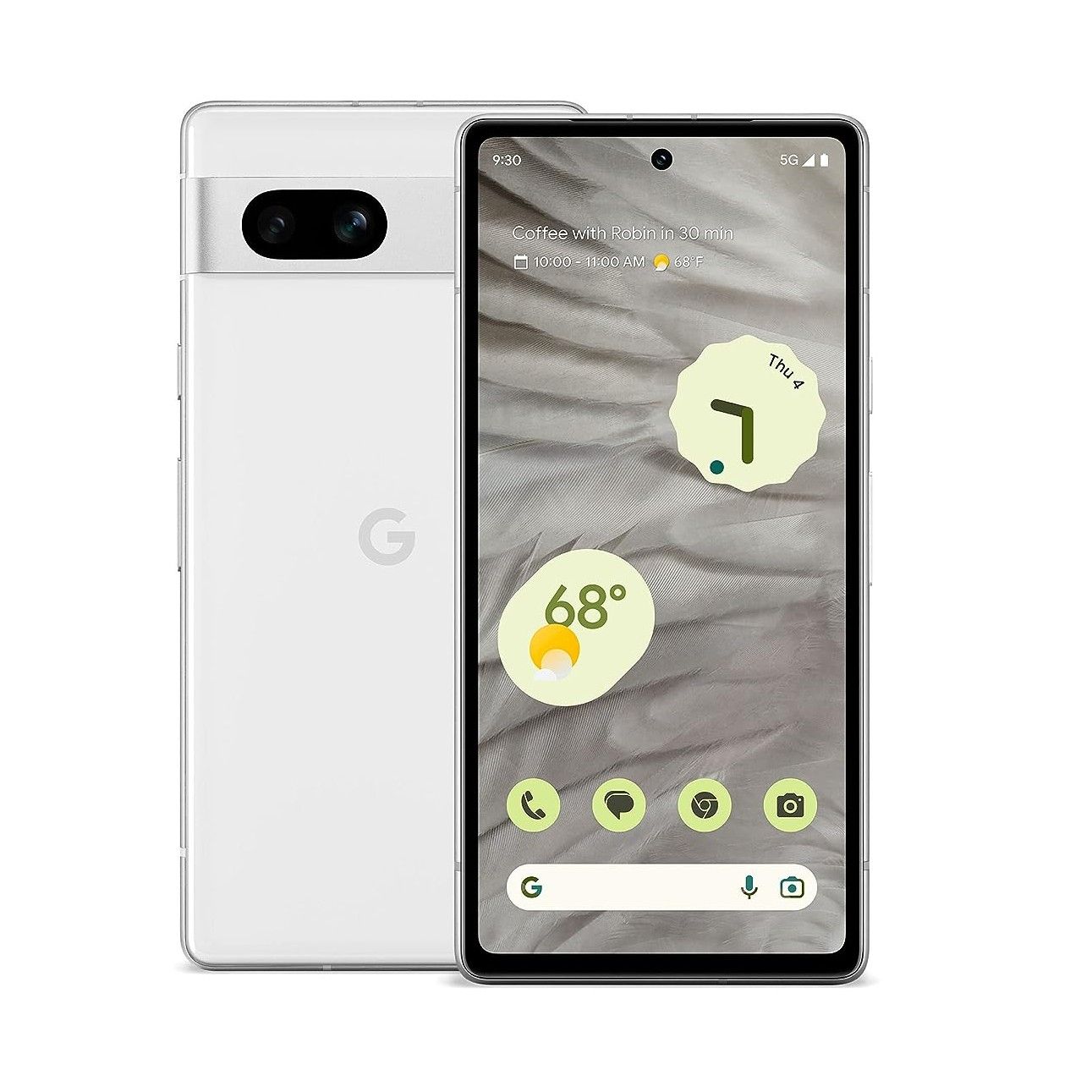
Google Pixel 7a
eSIM with incredible value
It’s not too far off from the price and performance of the Google Pixel 7, but the Pixel 7a’s adaptive 90Hz refresh rate and powerful Tensor T2 chip will help keep a few extra dollars in your pocket.
- Stellar user interface
- Wireless charging
- Comes with three major OS upgrades
- Not the best battery life
- Spec-wise, it's a bit too close to the Pixel 7
While the Google Pixel 7a is really just a stone’s throw away from the price of the standard Google Pixel 7, those looking to save a few bucks on their smartphone purchase will be pleased to save a little dough while still getting an awesome device. Powered by Google’s Tensor G2 chip, Android 13 runs nice and smooth on this bad boy, and the fact that we’re working with an adaptive 90Hz refresh rate is definitely appreciated.
Cosmetically, we had a few gripes with the overall cheaper look of the phone when compared to the Pixel 7 and Pixel 7 Pro, but when you factor in the new and amazing 64MP camera, three guaranteed OS upgrades, and intuitive UI, the Pixel Fold 7a becomes one of the best mid-tier offerings for Android devotees. However, if you decide to go the way of the 7a, we recommend going with a fresh install instead of a data transfer.
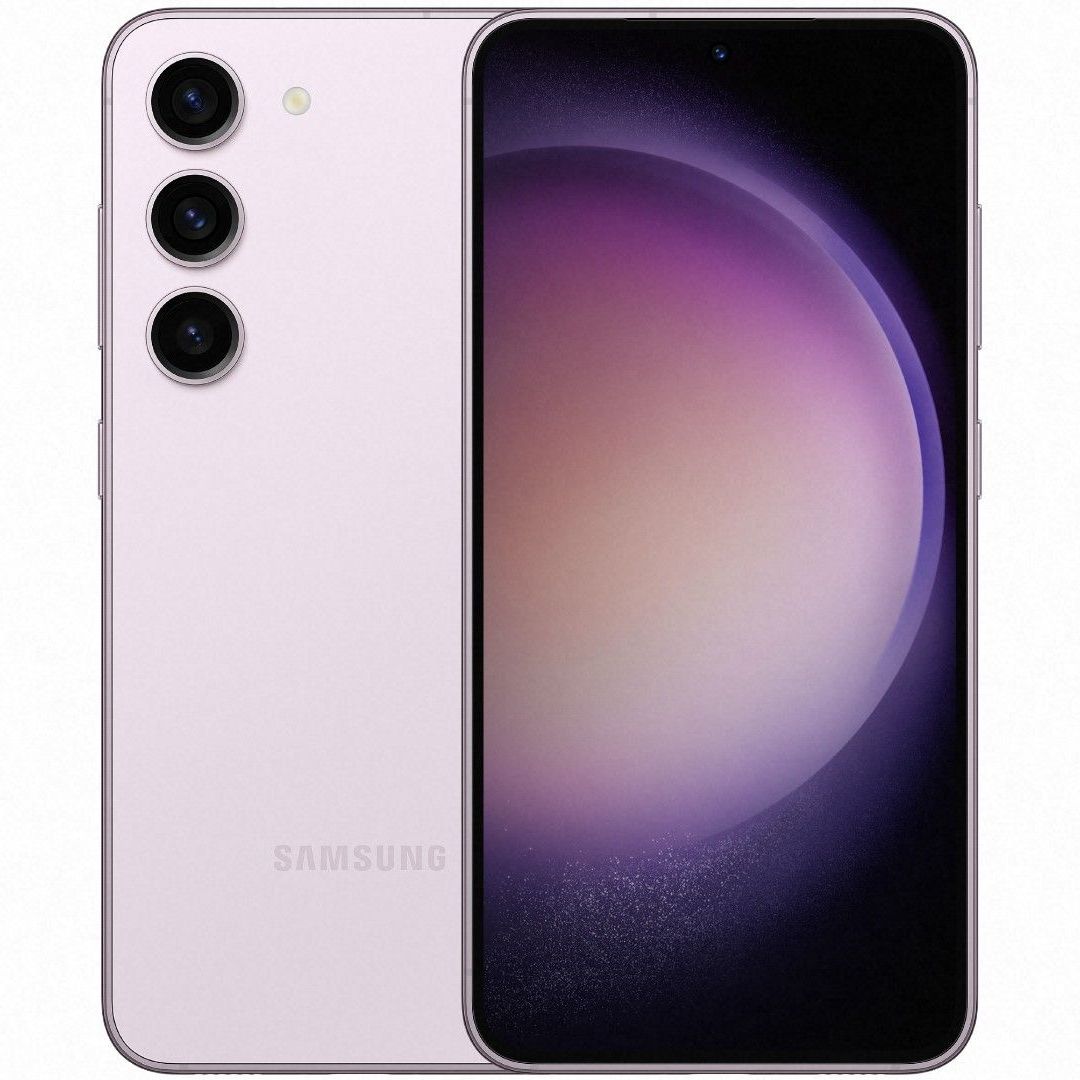
Samsung Galaxy S23
For small phone enthusiasts
The Galaxy S23 offers the best that Samsung has — from the Snapdragon 8 Gen 2 for Galaxy chipset to a high-class camera system led by an impressive 50MP sensor — just at the right size with a vibrant and "palmable" 6.1-inch display. The phone also brings a larger battery than the S22's, plus a sector-leading five years of monthly security updates to the table. That's all for the same price as last year.
- Compact design
- Snapdragon 8 Gen 2 is very powerful
- Battery life could be better
Most phones these days feel a little unwieldy, but if you want an eSIM phone that fits easily in one hand, Samsung's smallest Galaxy S23 shouldn't be missed. Where it counts the most, it has the same powerful specs that power as its larger siblings — Snapdragon 8 Gen 2, 8GB of RAM, and a fantastic camera lineup.
It still has a smaller battery than a lot of flagship phones carry these days, but thanks to the more efficient chipset, it's much better than its predecessor. Plus, it's also limited to 25W wired fast charging, which isn't as fast as some of the competition. Even with those minor drawbacks, the Galaxy S23 still is the best small phone from Samsung in a long time.
On top of all that, you still get Samsung's very good Android skin, OneUI 5.1, and will have updates for the next four years, thanks to Samsung's commitment to supporting their phones.
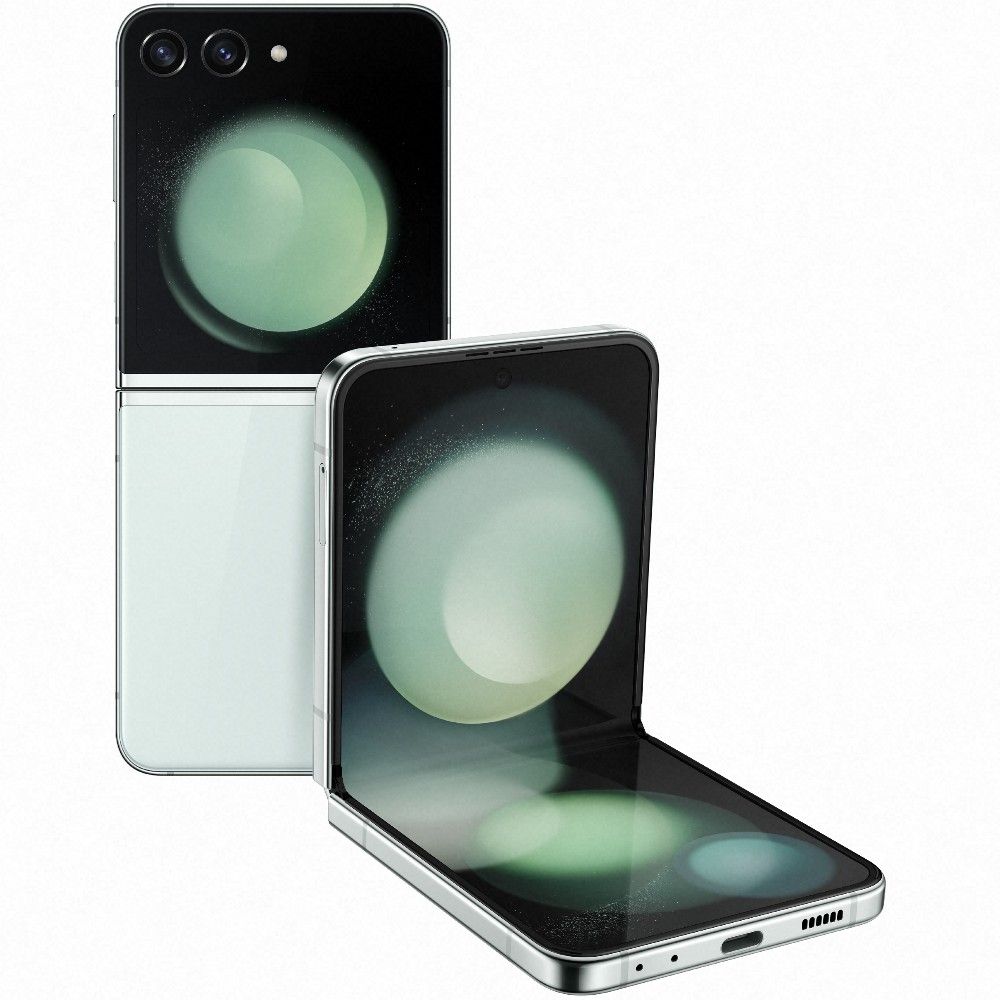
Samsung Galaxy Z Flip 5
Samsung brings the hinge
Similar in size and performance to the Flip 4, the Samsung Galaxy Z Flip 5 makes some much-needed changes to the Android phone’s outer display, as well as new features like a full QWERTY keyboard for the front-facing screen.
- Smooth performance
- Improved outer display
- One of the best entry-level flip phones
- Battery life is so-so
- A bit bulky when collapsed
- Only 60Hz refresh rate
Building upon the rock-solid foundation of the Z Flip 4, the Samsung Galaxy Z Flip 5 doesn’t take too many steps away from the previous generation. Perhaps the biggest difference is the larger 6.7-inch OLED display, which brings back the tried and true adaptive 120Hz refresh rate. But there’s also a little boost in the overall performance with the improved Qualcomm Snapdragon 8 Gen 2. Android 13 and OneUI 5.1.1 run buttery smooth, with everything from app-loading to watching YouTube videos getting a nice level-up.
Going toe to toe with the Motorola Razr+ 2023 is no easy feat, but the Samsung Galaxy Z Flip 5 may be our preferred flip-screen device that also happens to be eSIM-compatible.
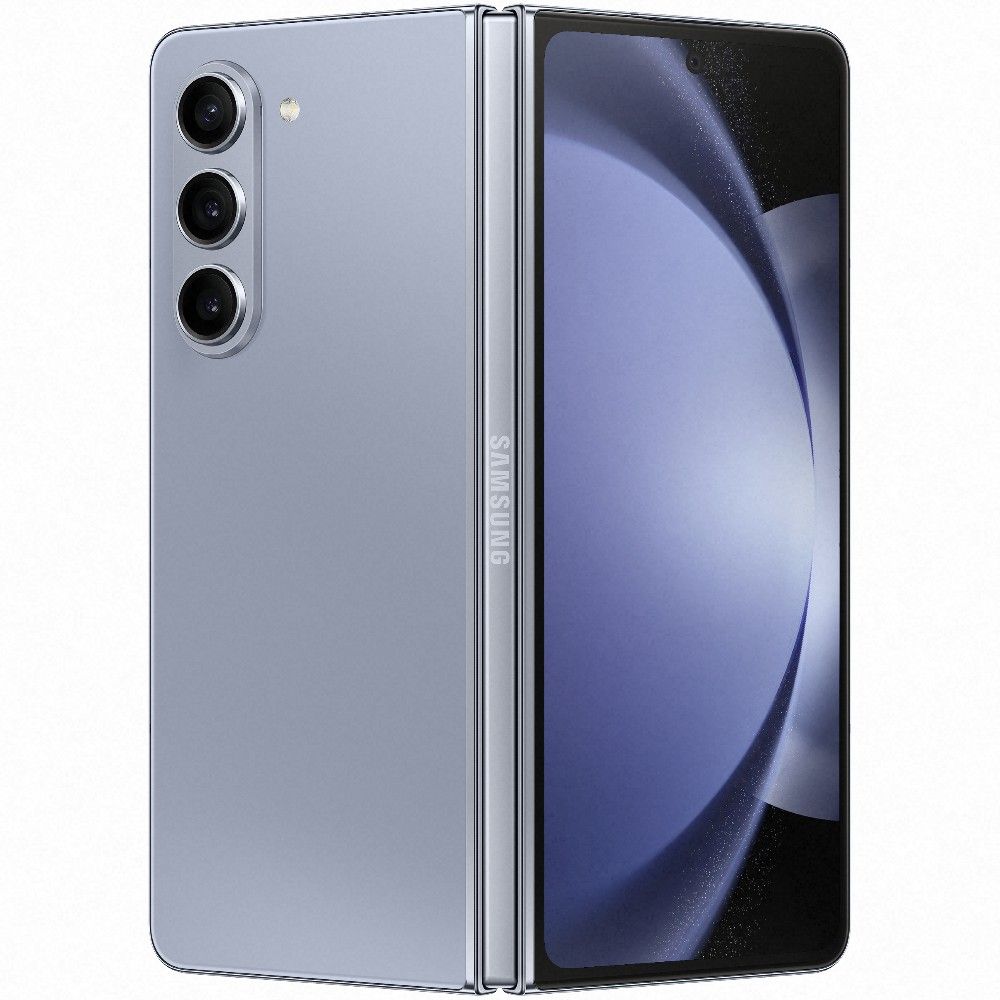
Samsung Galaxy Z Fold 5
One of Samsung's finest
The Samsung Galaxy Z Fold 5 doesn’t exactly aim for the stars when it comes to next-gen ingenuity, but the slimmer chassis and processor upgrade make it a reputable eSIM-ready phone as they come.
- Pocket-friendly design
- Solid battery life
- Great OneUI improvements
- Very expensive
- Not many improvements over the Fold 4
- Lackluster 25W charging
For $1,800, the Samsung Galaxy Z Fold 5 is definitely the best Android-powered foldable on the market. Sure, the latest generation doesn’t bring any sweeping changes when compared to the Z Fold 4, but why fix what isn’t broken? This time around, we are working with a smaller device chassis. At 13mm thick, removing that gap between the two closed halves of the Fold was a genius move on Samsung’s part.
Running on the Qualcomm Snapdragon 8 Gen 2 chip, Samsung’s OneUI 5.1.1 brings some awesome changes to the app switching and multitasking departments, with new abilities like being able to view up to four recent apps from the taskbar. It’s not the cheapest eSIM-ready phone out there, but if you’re looking to net some extra screen real estate, the Galaxy Z Fold 5 is a solid bet.
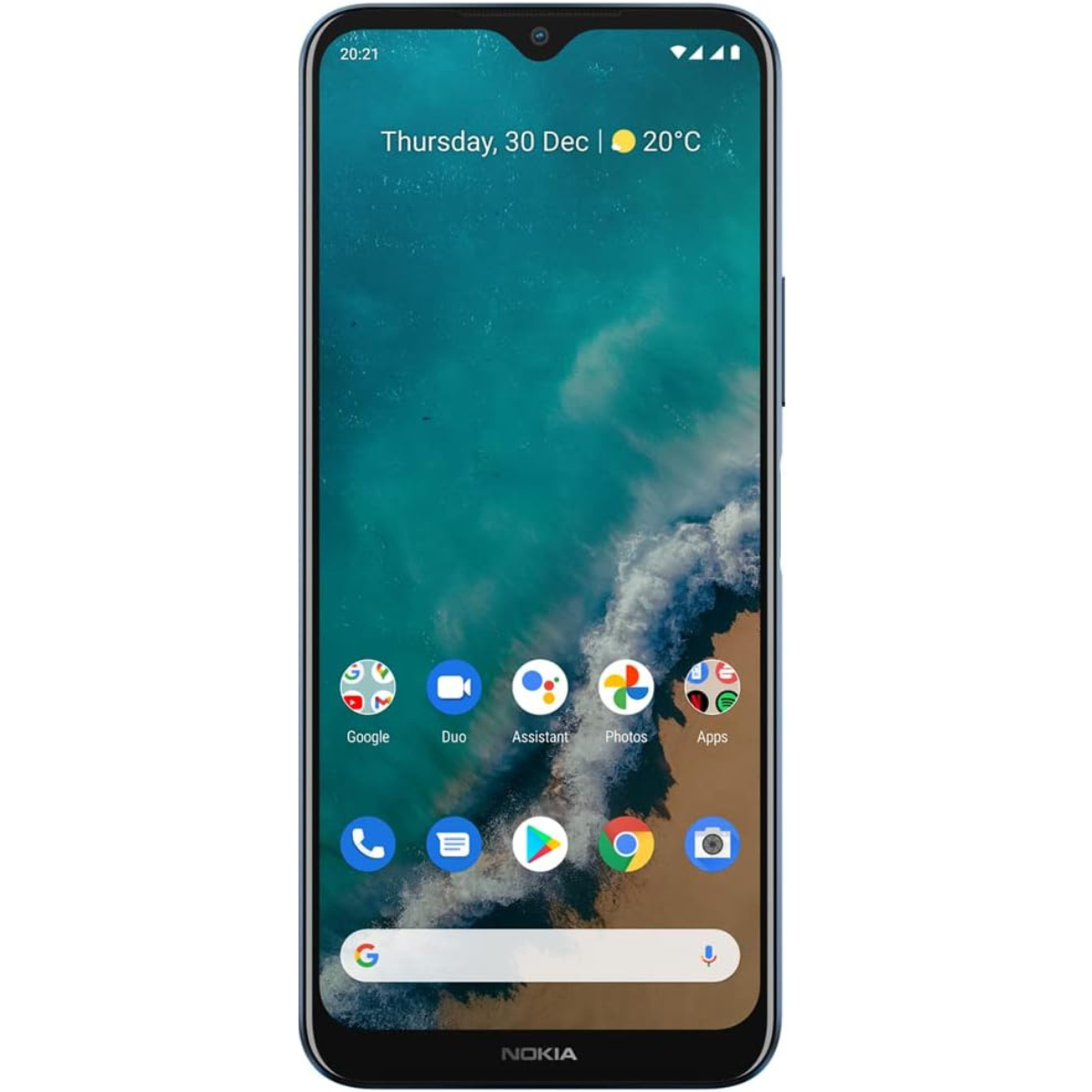
Nokia G50 5G
Ultra savings with Nokia
The Nokia G50 5G may feel a bit dated in terms of features and performance, but this low-cost eSIM-ready smartphone delivers some pretty big results in the camera department. Plus, that 5,000mAh battery can hold a charge for quite some time.
- Excellent price
- Impressive camera specs
- Decent battery life
- Might be too large for some
- Finicky performance at times
- Not as advanced as other eSIM phones
Sometimes keeping the cost down is one of the most important considerations for a new smartphone purchase, which makes the Nokia G50 5G a great choice for penny pinchers. Running on Android 11, it has a somewhat antiquated OS, but the Qualcomm Snapdragon 480 5G chip is a good pairing for the less robust Android system. But once the upgrade tide starts turning, you won’t be left in the wake either, as the G50 comes with two years of OS upgrades and three years of monthly security updates.
The G50's camera is pretty impressive, too. With three lenses to choose from (including a 48MP depth sensor, a 5MP ultra-wide, and an 8MP front-facing), HDR color modes, and built-in video stabilization, you’ll feel like a true photographer when snapping pics with the G50.
Why are there so few eSIM-compatible phones?
Apple made headlines when it announced that its most recent set of flagships (iPhone 14 lineup) would go eSIM in the States, but the technology is still new, and companies have been slow to get on board.
Google has included eSIM on its Pixel line of phones since the Pixel 3, and Samsung has included them on their S20-series phones, but not too many other easy-to-use phones support them in the U.S. Of course, technology can adapt fast. So going into the future, we may see many more phones with eSIM — much like we've seen an explosion of 5G phones in the past few years.
Your next eSIM-compatible phone
If you want your next phone to be an eSIM-compatible Android phone, it's hard not to suggest the Pixel 7 Pro. Google's shining achievement shows how smooth the Android experience can be when incredible AI features, like Call Screening and Hold for Me, take center stage. Plus, Google's computational photography prowess makes snapping photos on the Pixel 7 Pro a blast, often returning truly incredible results.
We’re also big fans of everything Samsung has to offer, and the inclusion of eSIM on devices like the Z Flip 5 and Z Fold 5 bodes well for Galaxy devotees.
But we get it: Not everyone can afford the major price tags that brands like Google and Samsung demand for some of their eSIM gear. That’s why phones like the Nokia G50 5G are great alternatives to the big-ticket stalwarts. Sure, you may not get the same kind of performance and suite of features as an Android-powered flagship, but the G50 more than covers the bare necessities of smartphones, and it rocks a pretty sweet camera, too!

Google Pixel 7 Pro
eSIM the Google way
In the States, Google has been supporting eSIM for the longest, so it's no surprise that its premium flagship — the Pixel 7 Pro — gives you the ability to get rid of those pesky physical SIM cards if you want. Plus, it's one heck of a phone packed with 12GB of RAM, a big, beautiful 120Hz OLED display, and some excellent call features powered by Google's AI.
